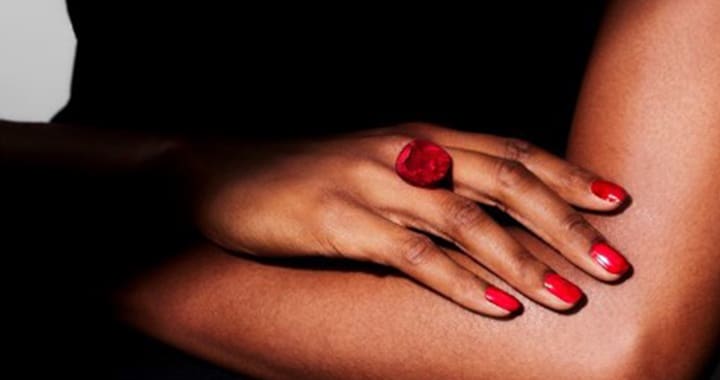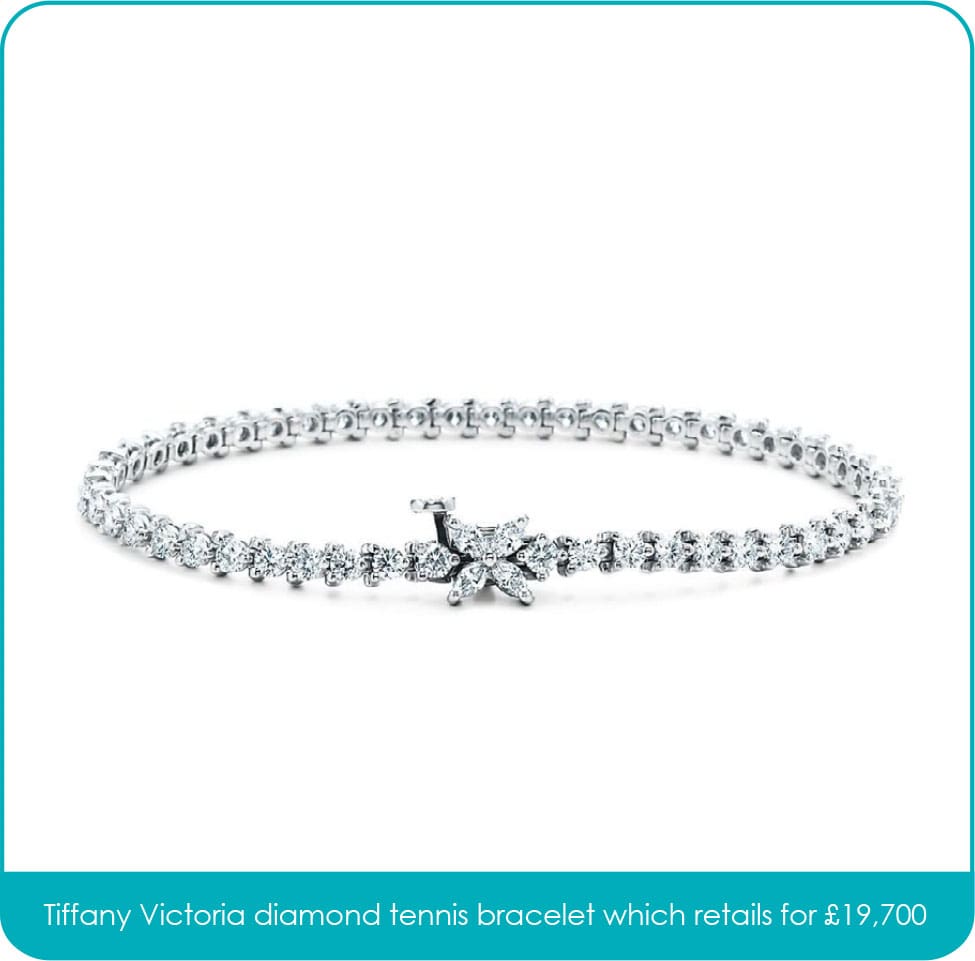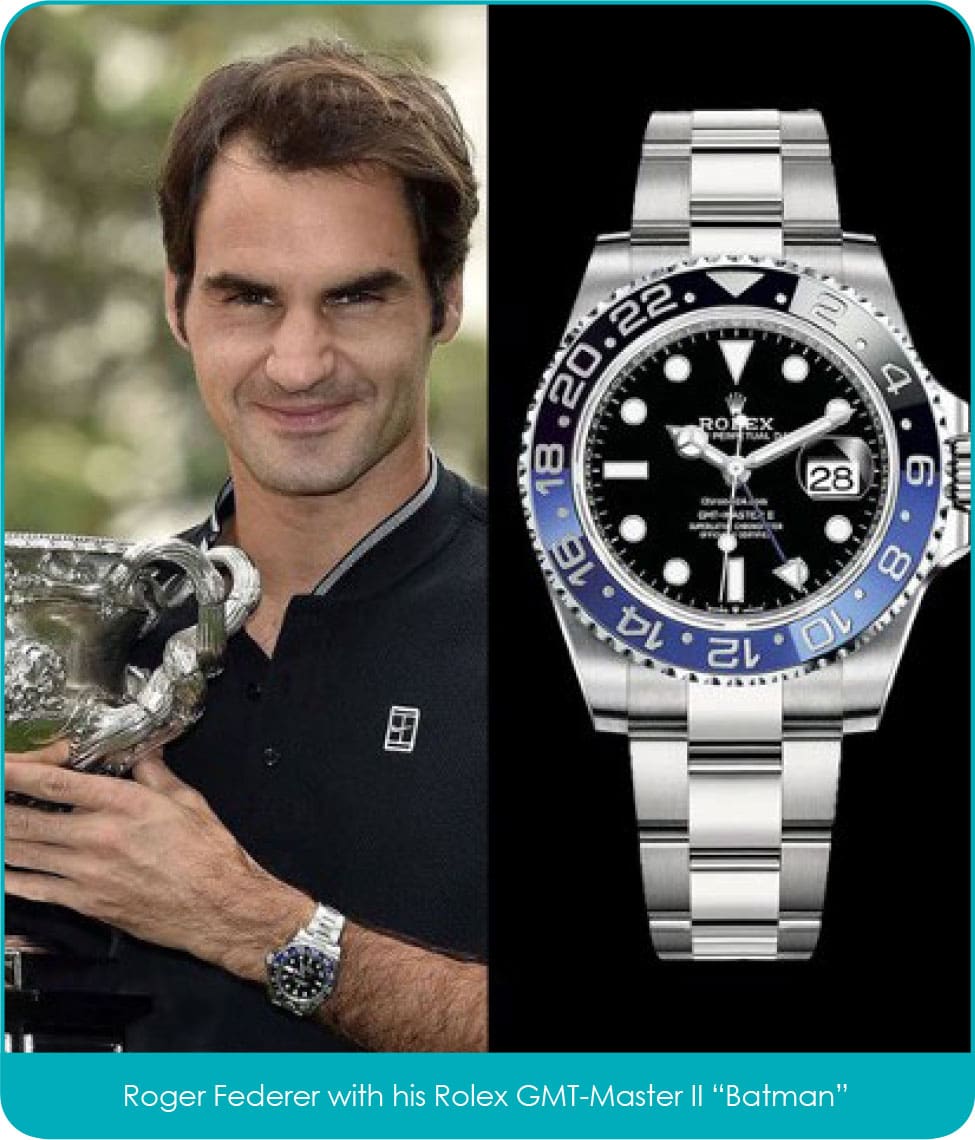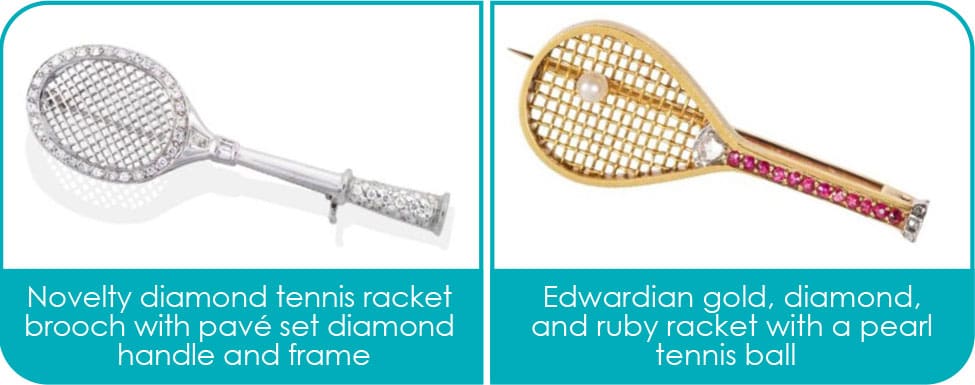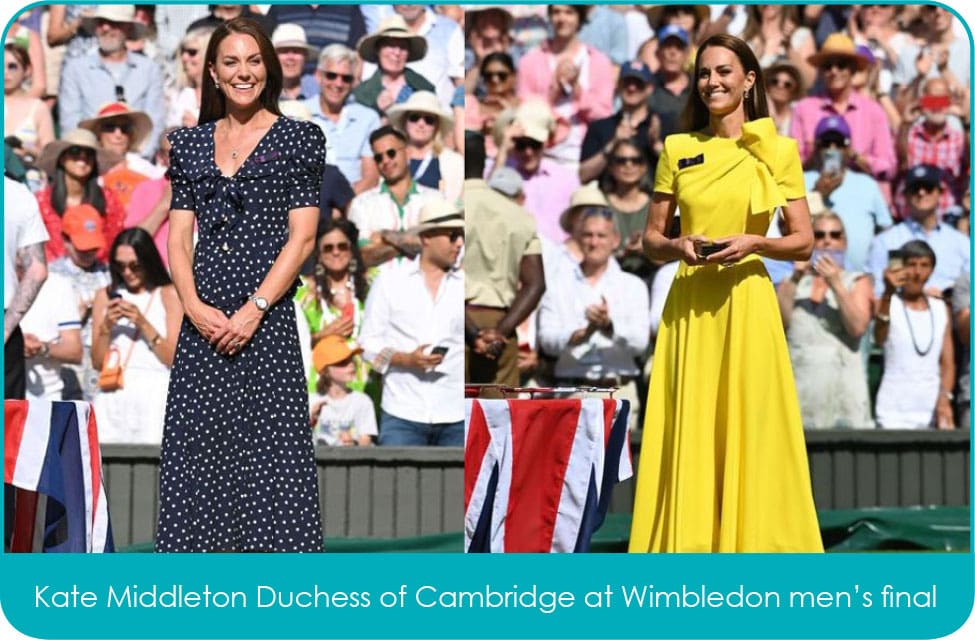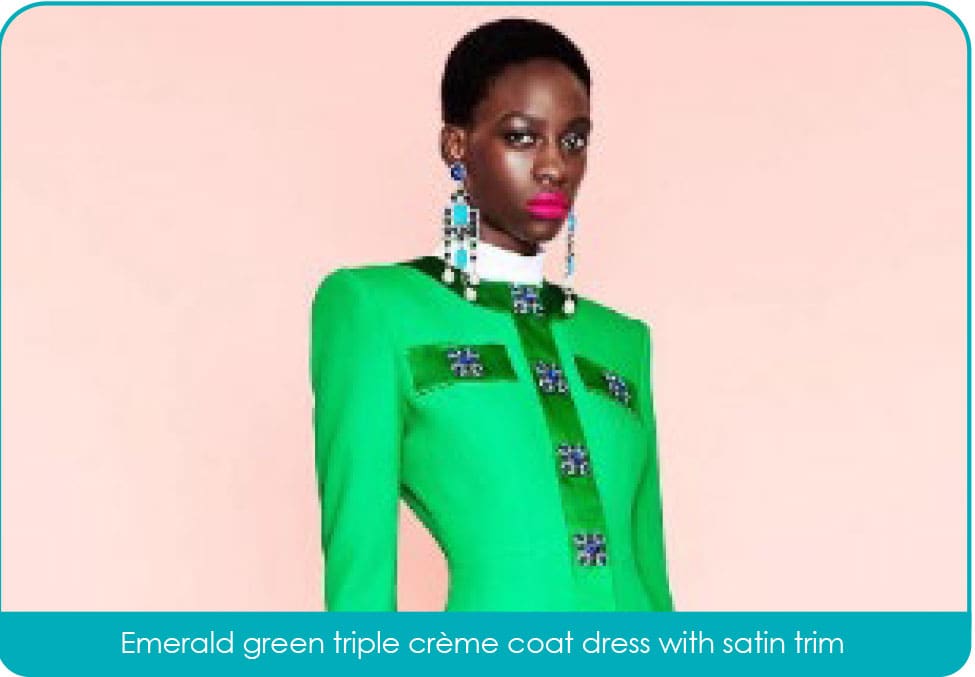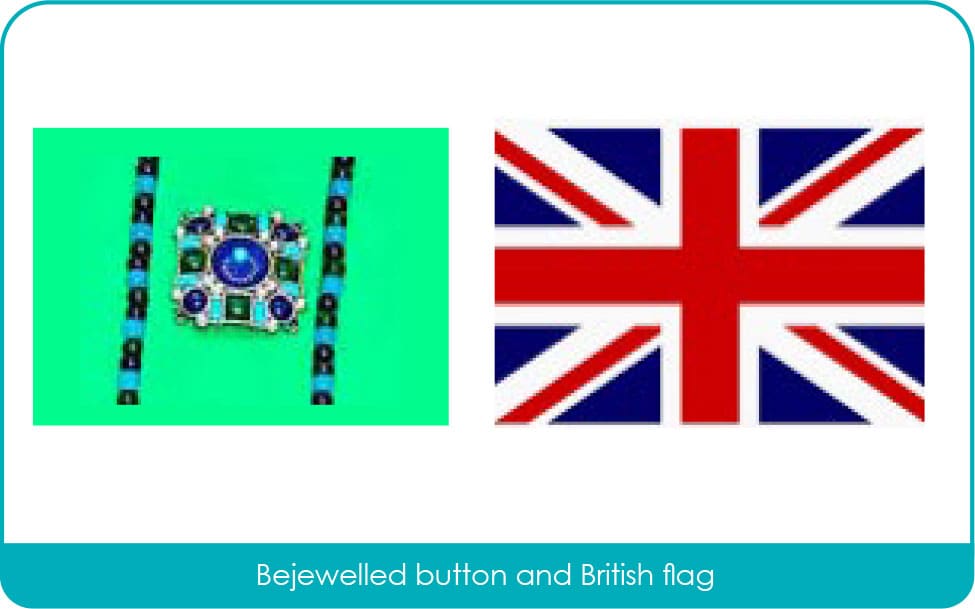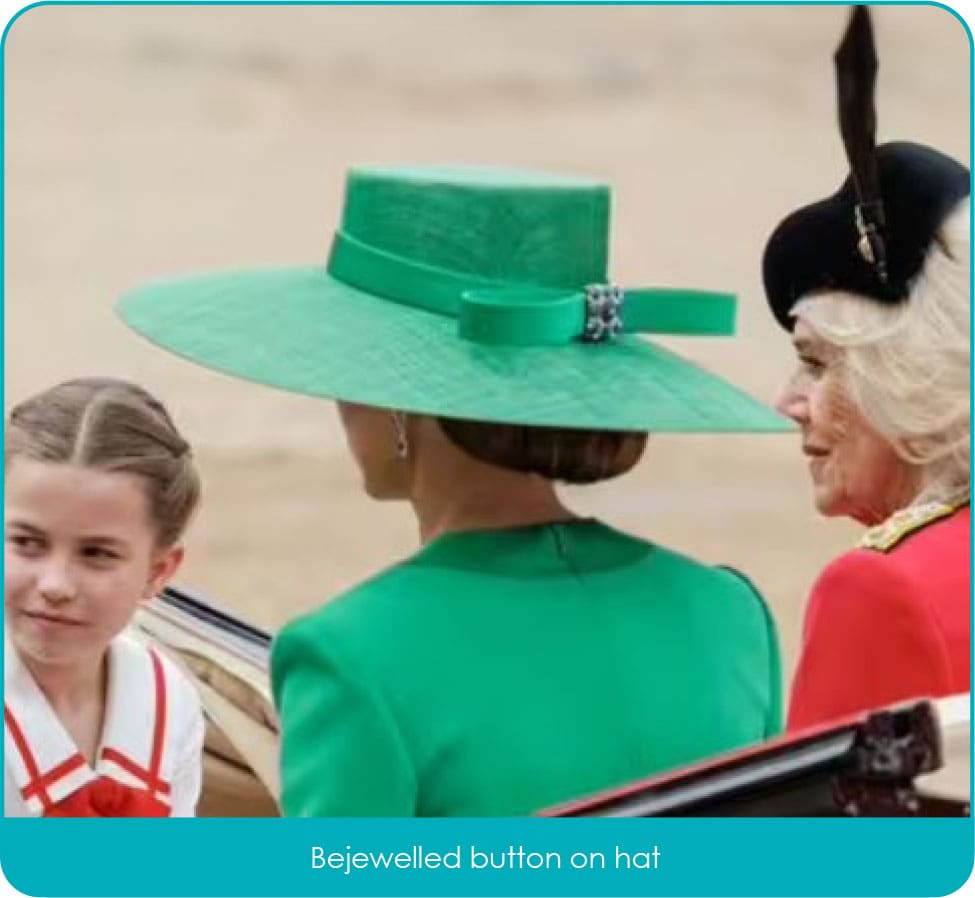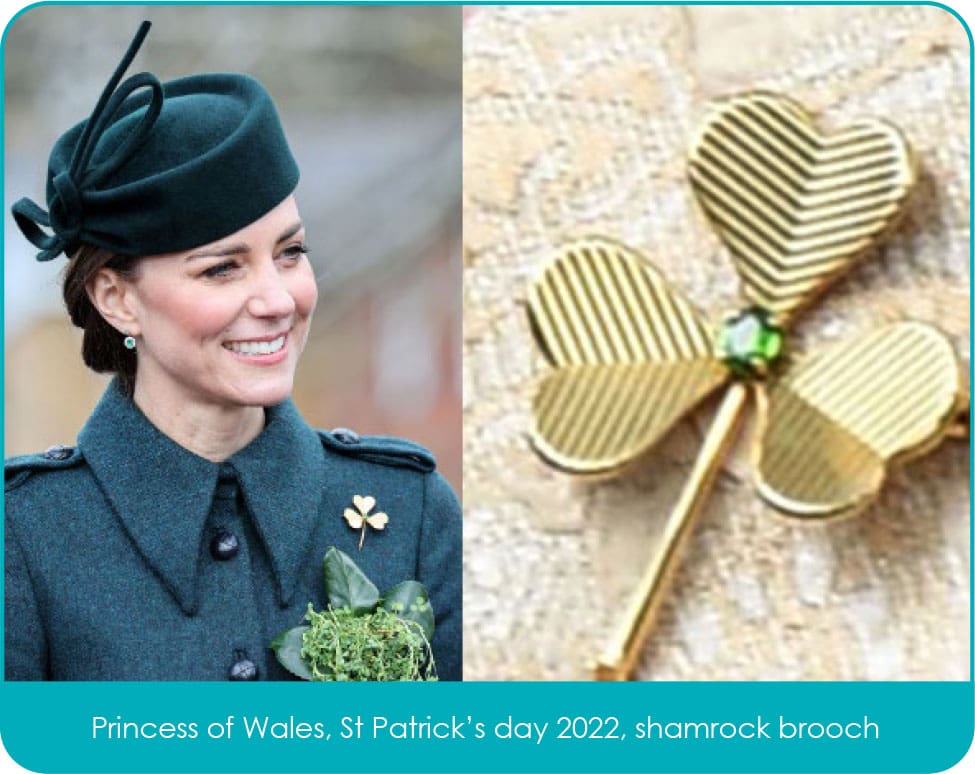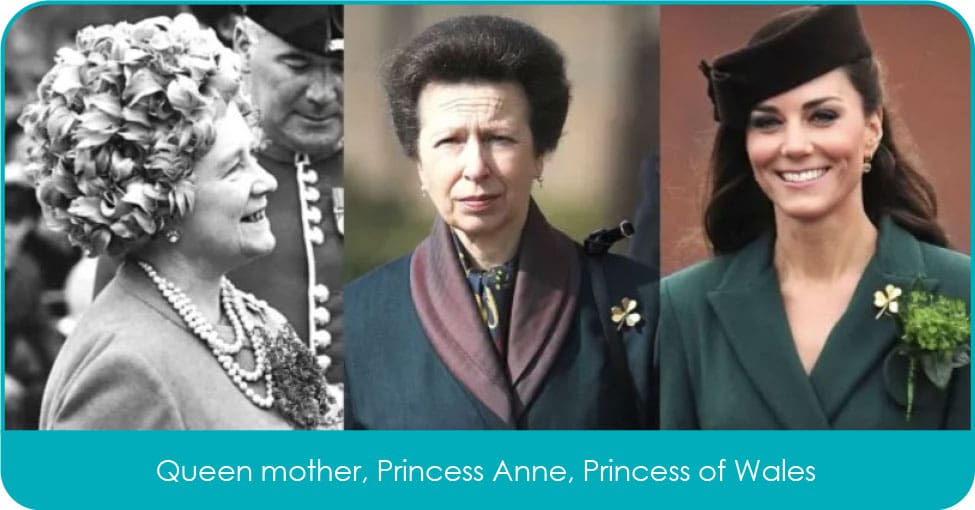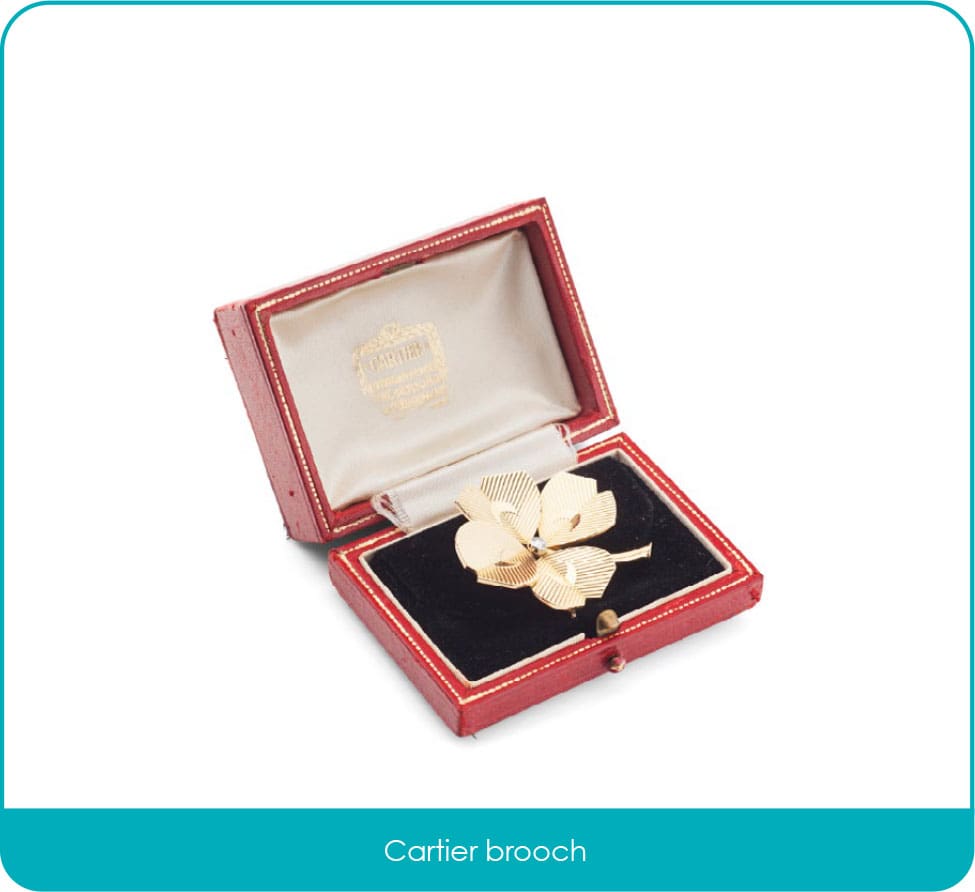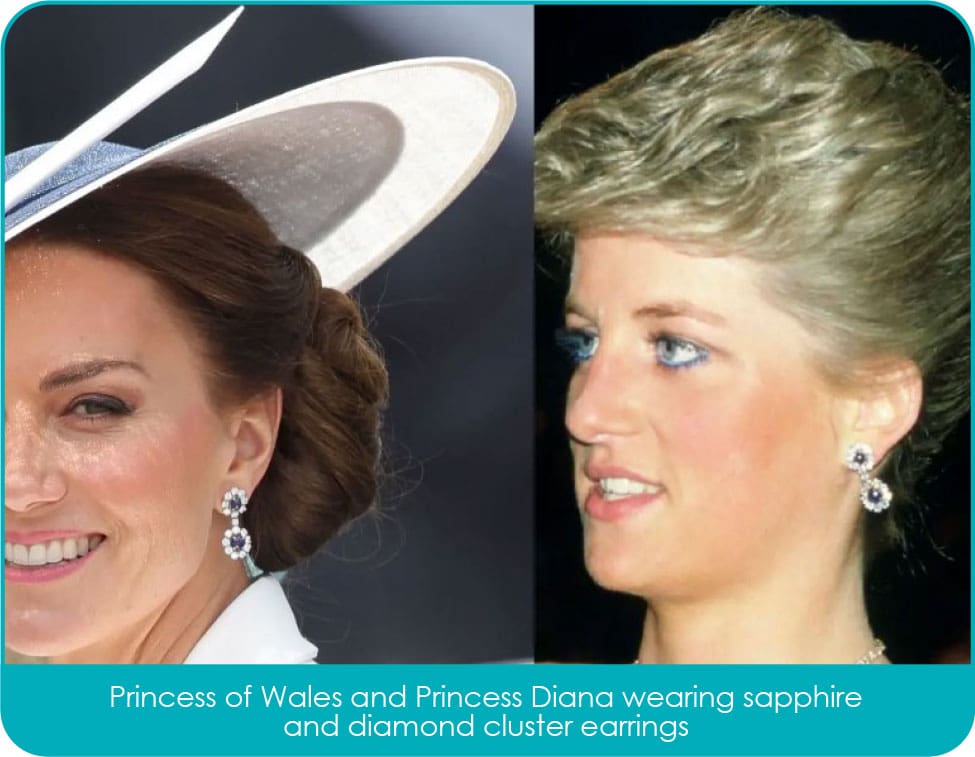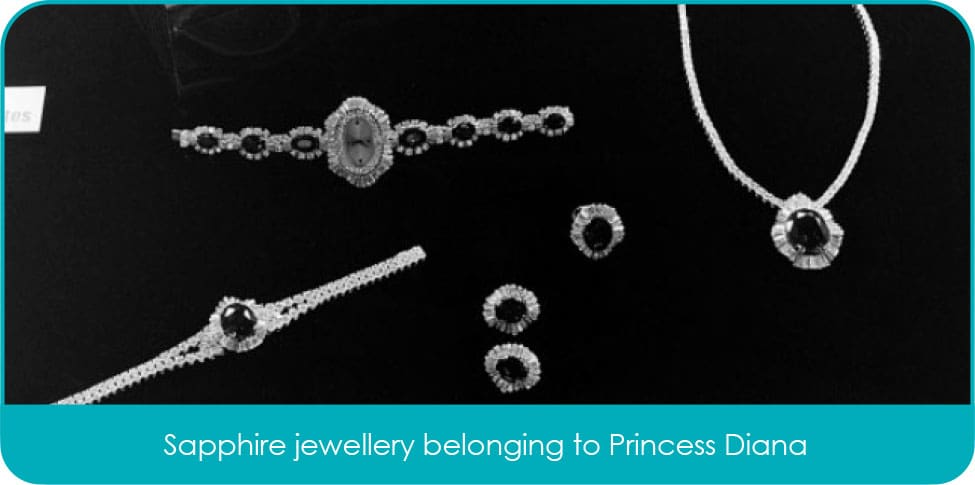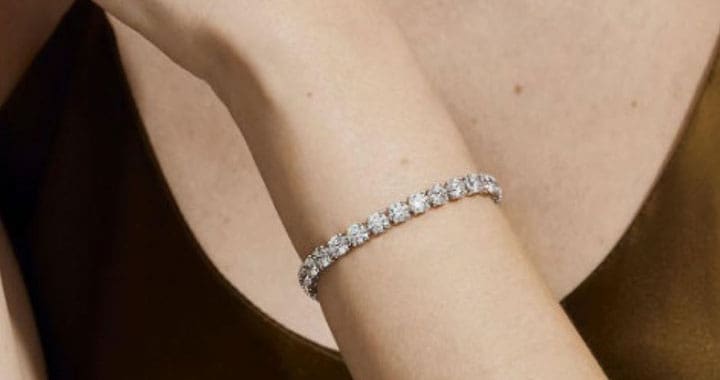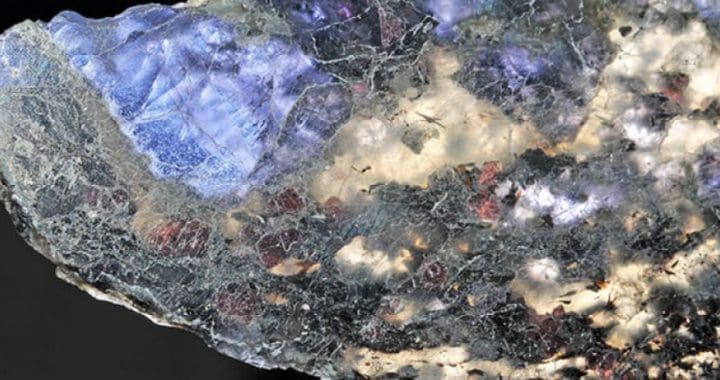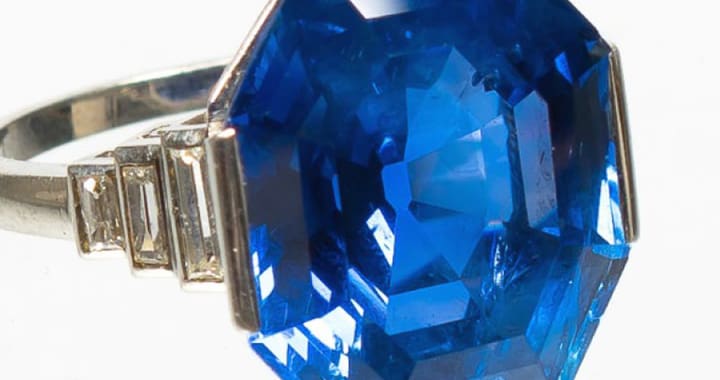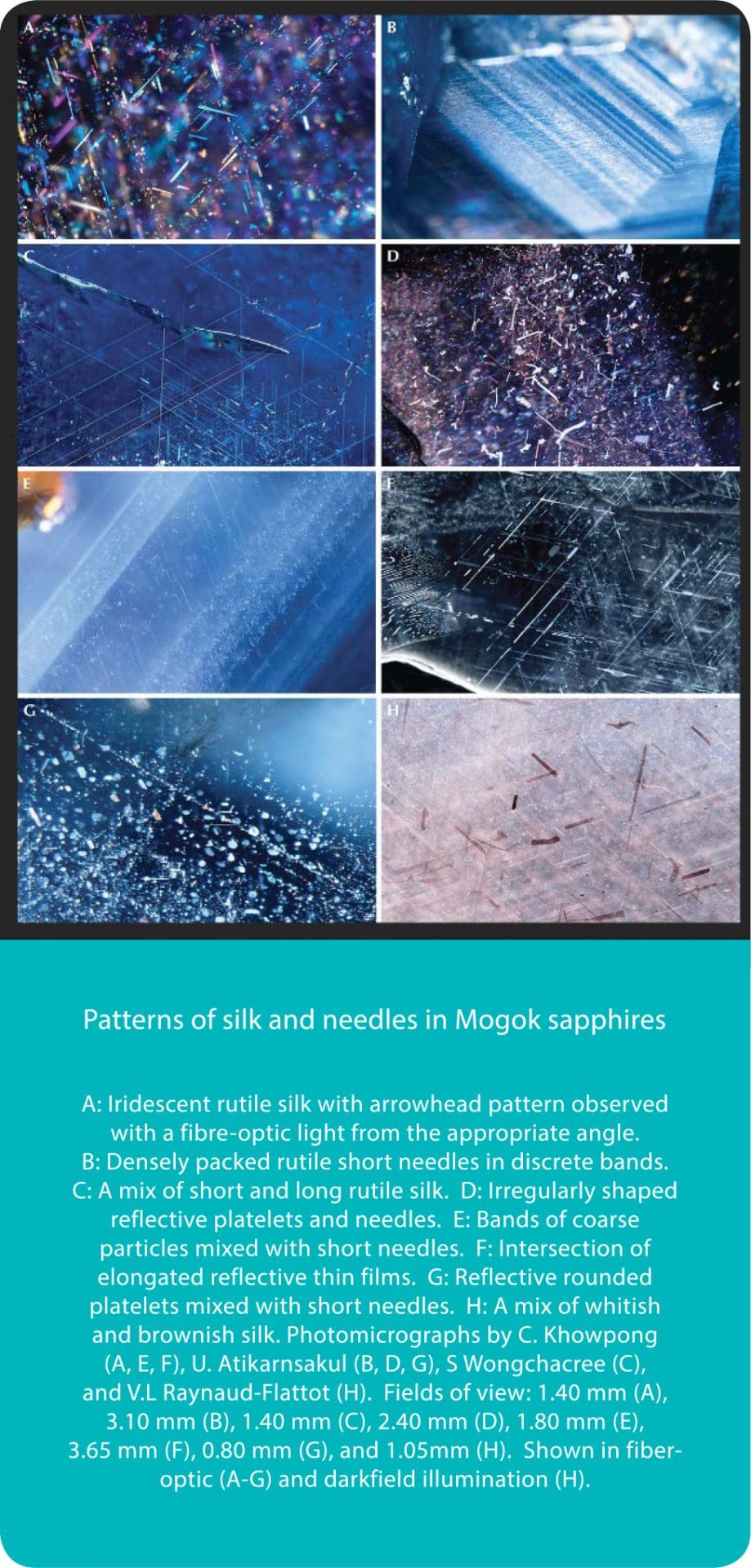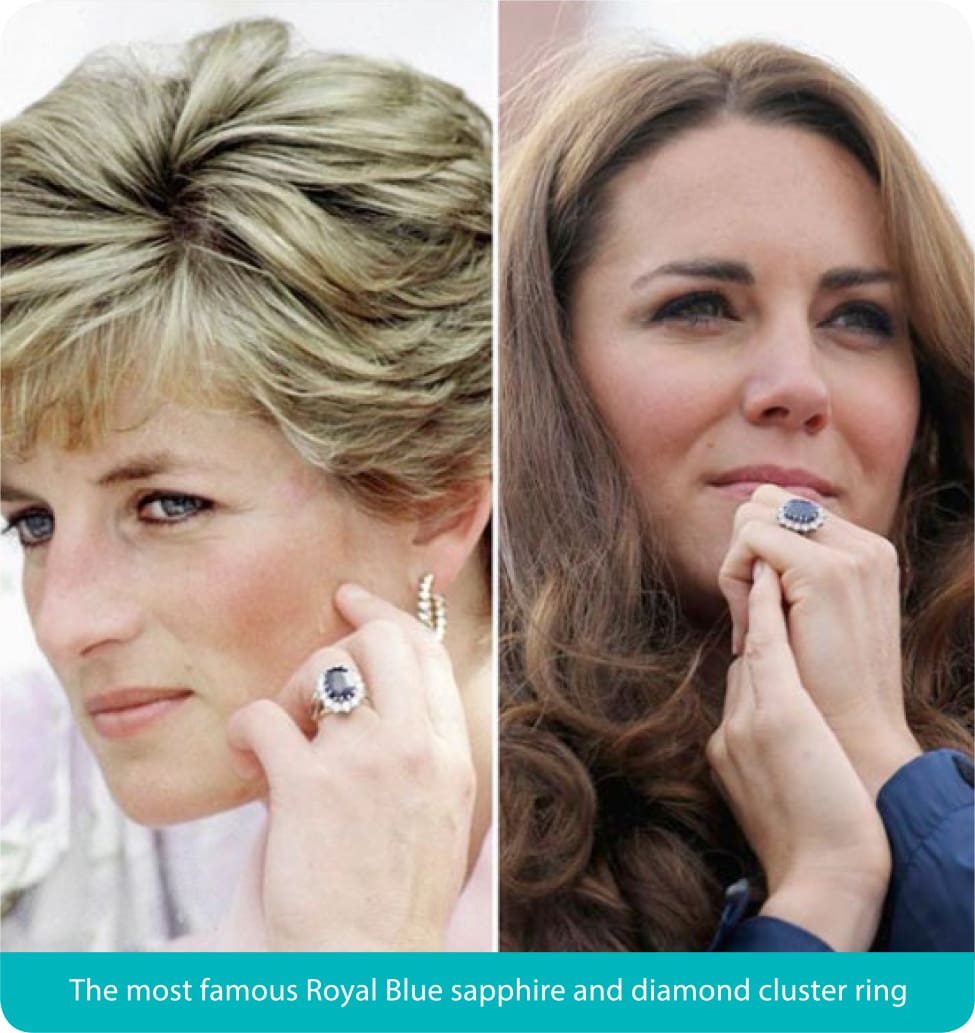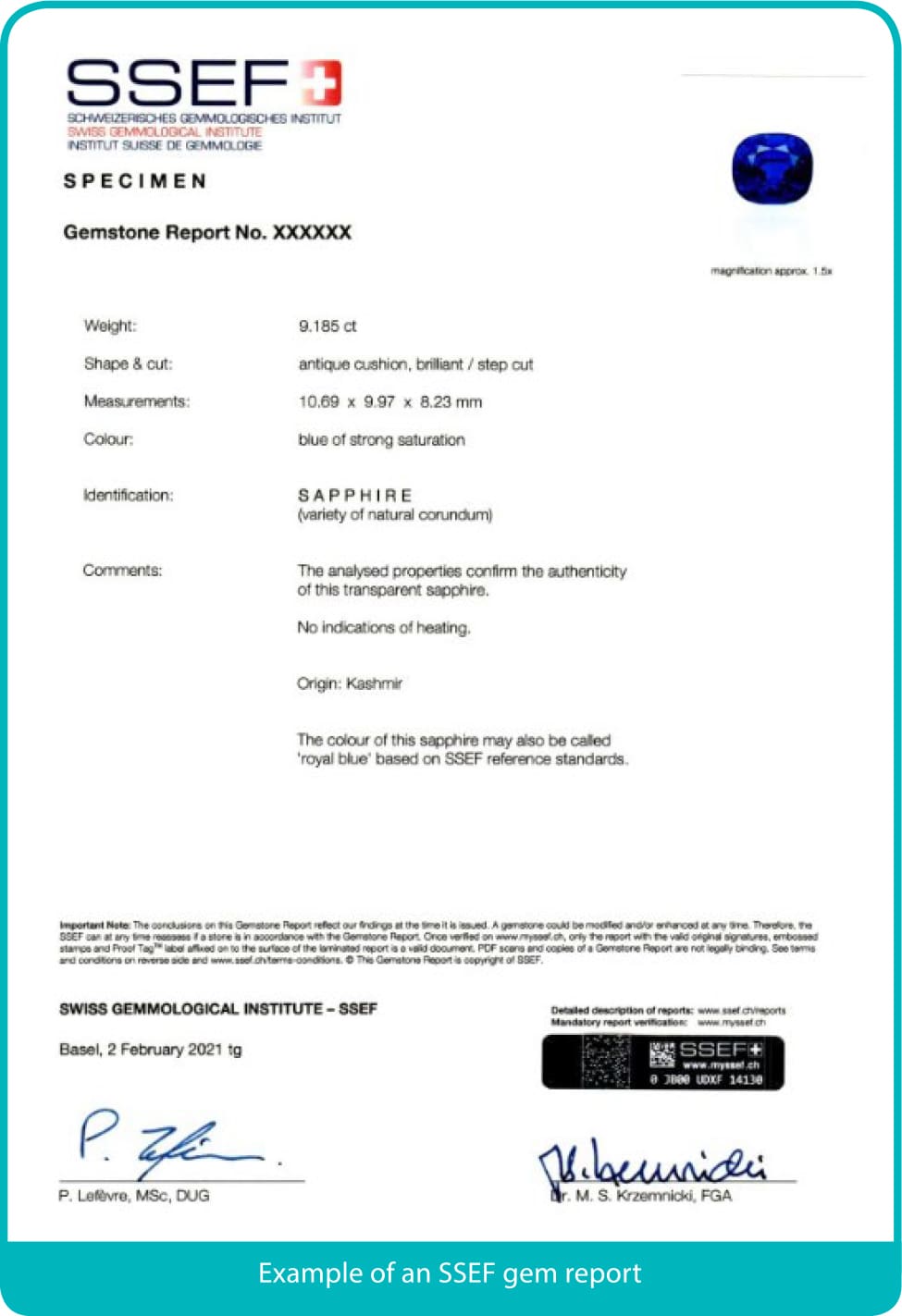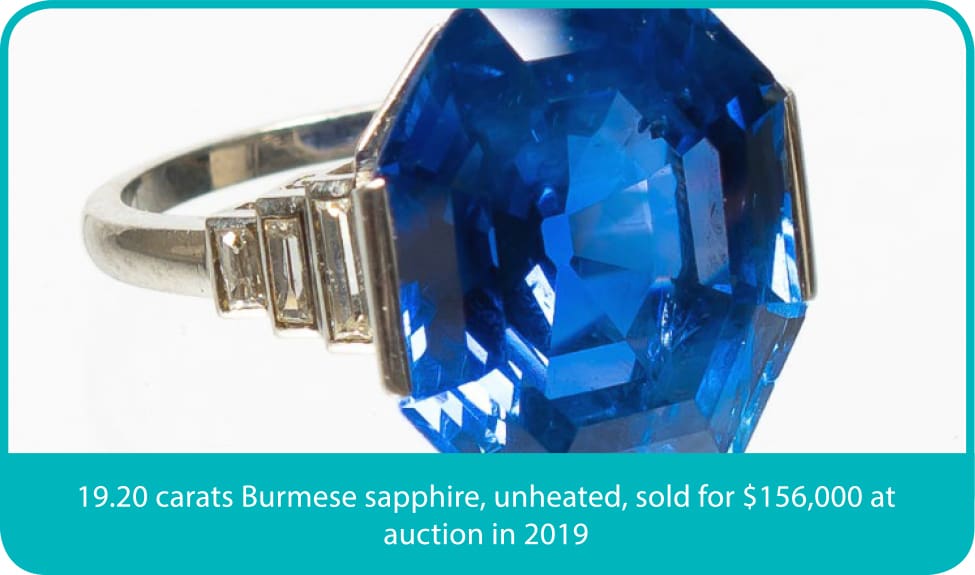Valentine’s is a day that is dedicated to love. It originated as a Christian feast day honouring Saint Valentine, a martyr who lived in the 3rd century AD. It is now a day for people to express their love and appreciation for their significant others, friends, and family.
Some people choose to exchange gifts of jewellery and what better gift than one that you can see your loved one wear and can make a great investment for the future. The gift that keeps on giving!
Here is Helen’s guide and suggestions on the perfect gift for Valentine’s Day.
Firstly, let’s look at the things to consider when choosing jewellery:
A good thing to consider is the rarity of a piece. Antique or vintage jewellery can increase in value due to its rarity. Jewellery set with fine quality gemstones can also command very high prices at retail and auction.
Rubies and pink sapphires make an excellent choice for valentine’s day.
The Italian Jeweller Pomellato have some beautifully designed gem-set jewellery that sells very well at auction. This beautiful bracelet was estimated £4000 – £6000 at Bonhams in 2022.

Below is an example of a 4.02ct ruby that sold at Sotheby’s in 2021 for $63,000. The excellent quality stone was accompanied by a report from GRS (Gem Research Swiss lab) stating that the ruby was of Mozambican origin with no indications of heating.

As well as rarity, the quality and craftsmanship of a piece of jewellery can make a huge difference to its value. High-quality jewellery made with fine materials and gemstones can also increase in value over time.
Another important factor is market demand. Diamond jewellery is always in high demand and popular both at retail and auction. Diamond single stone rings remain the most popular choice for an engagement ring. Other examples of popular diamond jewellery include earrings, pendants, and bracelets.
Here is an example of a stunning diamond line bracelet by De Beers retailing for £92,500. De Beers are famous for their exquisite selection of diamond jewellery.

Jewellery made by some well-known brands and designers, such as Cartier, Van Cleef & Arpels and Tiffany & Co. can make great investments and they also have many romantically themed designs perfect for Valentine’s Day.
Pieces from these brands often increase in value over time due to their popularity.
Here is an example of a Cartier Love bangle that went through auction in 2005 and sold for £600 including premium. This bangle in today’s market would sell for more than £4000. That’s a huge increase in value.
Bonhams 2005 Cartier love bangle sells for £600.

Bonhams 2022 Cartier love bangle sells for £4080.

Diamonds also make a great investment and remain a classic choice for Valentine’s Day.

This is a colour D, IF clarity diamond is valued at over £100,000.
Diamonds have been traded since the 4th century, they have stood the test of time and this longevity is a testament to their strength, rarity and beauty.
In many ways their value is protected by rising mining, manufacturing, shipping, and insurance costs involved in bringing a diamond to market and this helps to maintain their value.
As Marilyn Monroe sang… “Diamonds are a girl’s best friend.”
The best way to select a diamond is to familiarise yourself with their grading system. During the middle of the 20th century The Gemmological Institute of America (GIA) created a grading system for diamonds. It is now recognised globally as the universal method for assessing the quality of a stone.
It can be extremely helpful as it tells you the quality of what you are purchasing and its these specific details that establish a diamonds value.
The system focuses on the Four C’s, which stand for Colour, Clarity, Cut and Carat.
Colour
When it comes to colour in diamonds, it’s more about what you can’t see. When grading colour, we are assessing the absence of colour, a measurement of the degree of colourlessness in a stone.
It’s measured from D (perfectly white) to M (Yellow) see the below scale.

The most valuable on the scale are pure white, D colour.
Clarity
The GIA Diamond Clarity Scale has six categories
- Flawless (FL) No inclusions and no blemishes visible under 10x magnification
- Internally Flawless (IF) No inclusions visible under 10x magnification
- Very, Very Slightly Included (VVS1 and VVS2) Inclusions so slight they are difficult for a skilled grader to see under 10x magnification
- Very Slightly Included (VS1 and VS2) Inclusions are observed with effort under 10x magnification, but can be characterized as minor
- Slightly Included (SI1 and SI2) Inclusions are noticeable under 10x magnification
- Included (I1, I2, and I3) Inclusions are obvious under 10x magnification which may affect transparency and brilliance
Here is a visual example of the clarity scale

The most valuable having a clarity grade of flawless, most commercial diamonds have a clarity of VS / SI.
Here is an example of a colour D, clarity IF diamond selling for £500,000.

Carat
A diamonds weight is represented by carat weight. All else being equal, diamond price increases with diamond carat weight because larger diamonds are rarer and more desirable. The increase in price between a 0.99ct diamond and a 1.00ct diamond is huge even though there is a very minute size difference, this is because commercially a 1.00ct diamond is more desirable.
Cut
A diamond with optimum proportions and cut will display the best amounts of fire and brightness, that lovely effect that makes diamonds so unique and beautiful. You will often see the grade of a cut ranging from excellent to poor recorded on certificates.
Cartier, Van Cleef & Arpels and Tiffany & Co. select the best quality diamonds for their jewellery.
Designer Jewellery
Cartier
Cartier is a very well-known luxury jewellery brand with a long history of creating luxurious and elegant jewellery, here are some of their most popular designs.
The Love Collection
The Cartier Love Collection is a classic design that has become synonymous with the brand. It’s simple, yet elegant with designs available in gold and platinum and some set with diamonds and gemstones.

Both diamond love bracelets retail for £40,700, the rose gold version would work particularly well for Valentine’s Day.

This plain rose gold version retails for £6350.
The Trinity Collection
The Cartier Trinity Collection is also a very popular choice. Made up of three bands of yellow, white, and rose gold, the pieces are said to be a symbol of love, friendship, and loyalty. A great message to send on Valentine’s Day.
They are available in a variety of styles with some set with diamonds.
Here is one of the more commonly seen versions with diamonds set to one of the bands.

This diamond set example retails for £6,150.

This diamond set version retails for £32,400 and would make a lovely gift with its use of rose, yellow and white gold.
There are also pendants, earrings, and bracelets available in the same design.
A very rare version is a bangle set with white, pink, and yellow diamonds, which retails for £250,000!
Cartier are not only known for their jewellery but also have a great selection of watches. The Tank Française watch is a classic design that was first introduced in 1917. It has since become one of the brand’s most iconic watches. These watches are very popular and sell well, they are perfect for someone looking for an alternative to jewellery on Valentine’s Day. Cartier also have a great selection of gentleman’s watches.

This gold and diamond Tank Française retails at Cartier for £26,300.

This stainless-steel version retails for £4200.
Van Cleef & Arpels
Another famous jewellery brand is Van Cleef & Arpels (VCA). Two models which are hugely popular and collectable are the ‘Alhambra’ and ‘Ballerina’.
The iconic Alhambra design has clovershaped motifs often set with various gemstones. They come in various designs such as long chains, bracelets, rings, and earrings.

The red gem Carnelian is set in this Alhambra VCA pendant and retails for £1490.
The malachite version of the Alhambra design is now very rare and no longer produced by VCA, therefore the secondary market has overtaken the retail price when the piece was still available.

This one sold for £28,000 at Christies in 2018. Another iconic design by VCA is the Ballerina collection which features delicate, dancing ballerina-inspired designs. They were inspired by a collaboration with Benjamin Millepied, the new dance director at the Paris Opéra, and his wife, the actress Natalie Portman.

These designs are no longer produced by VCA and make great money when they come up at auction.

The above turquoise, ruby and diamond Ballerina brooch by Van Cleef & Arperls sold for $218,000 in 2017 at Christies New York.

This diamond, ruby, sapphire, and emerald version sold for £6000 at auction in 2010. They would make a great gift if a loved one who has a passion for dancing, or perhaps you met on a wedding dance floor!
Tiffany & Co.
We couldn’t talk about great jewellery designers without mentioning Tiffany & Co. They have released many iconic designs over the years and here are some examples of their most popular.
The “Return to Tiffany” Collection features classic and timeless designs, such as heart lockets and charm bracelets engraved with ‘Return to Tiffany & Co. New York’ its most famous store.

Tiffany & Co. are particularly well-known for their diamond engagement rings; in fact, the “Tiffany Setting” ring is iconic. Rings can sell for hundreds of thousands of pounds depending on the quality and size of the diamond. Perhaps the epitome of romantic jewellery, a Tiffany engagement ring!

Another great example of Tiffany & Co jewellery is designed by Jean Schlumberger. He was one of the 20th century’s most gifted artists and his designs have been described as deeply imaginative, as well as being extremely desirable.
This beautiful enamel bracelet retails for just under £50,000.

Schlumberger’s designs at Tiffany & Co. were known for their whimsical interpretations of natural forms. He was especially inspired by sea creatures and other animals. Now he is most known for his enamel bangles and his diamond kisses rings. These are extremely popular at retail and at auction.

The kisses ring retails for £11,200.
Schlumberger began working for Tiffany & Co in 1956 and his original designs can sell for very high prices at auction.

This bird on a rock brooch set with a large Citrine weighing 61.20ct sold for £37,000 at auction.
Antique Jewellery
Art Deco
Antique jewellery can also make a great investment and is often romantically themed.
Art Deco jewellery is characterised by its geometric shapes and bold use of colour, making it a popular and romantic choice for special occasions.
Engagement rings from the Art Deco period are very popular, the target design was given as a token of love because it represented the bullseye shot by cupid’s arrow.

This diamond and ruby Art Deco target ring retails for £46,000.
Art Deco jewellery also sells very well at auction.
Victorian Jewellery
Queen Victorian reigned from 1839 to 1901 and the styles of the Victorian period are very intimately connected with the different stages in her life.

In 1840 Queen Victoria married the love of her life Prince Albert and this had a huge influence on jewellery styles. The theme for jewellery was love with motifs of hands, hearts, crosses, and knots to represent an eternal bond between two people. Snakes also featured, symbolising promise and being in love forever.

This diamond heart retails for £1500 and is set with 0.50ct of rose-cut diamonds a cut often used in the Victorian period.

This Victorian Lovers knot ring is another example of the romantic jewellery from the Victorian period. This retails for £1300.

This example of a ‘forget me not’ ring is set with an onyx that has been beautifully decorated with bright cushion-cut diamonds in the shape of a pansy. The pansy represents the message ‘pensée à moi’ which translates to ‘think of me’.
The theme of romance remained abundant throughout Victoria’s reign with lockets becoming increasingly popular. Wearers enjoyed holding pictures of loved ones inside.
Valentine’s Day is a special time to show your love and a piece of jewellery can be the perfect way to do so.
So, why not make this Valentine’s Day extra special with a beautiful and meaningful gift that’s lasts a lifetime and says I love you.
But remember to add to your insurance policy and get an up-to-date valuation next Valentine’s Day as the retail replacement value may have increased!









